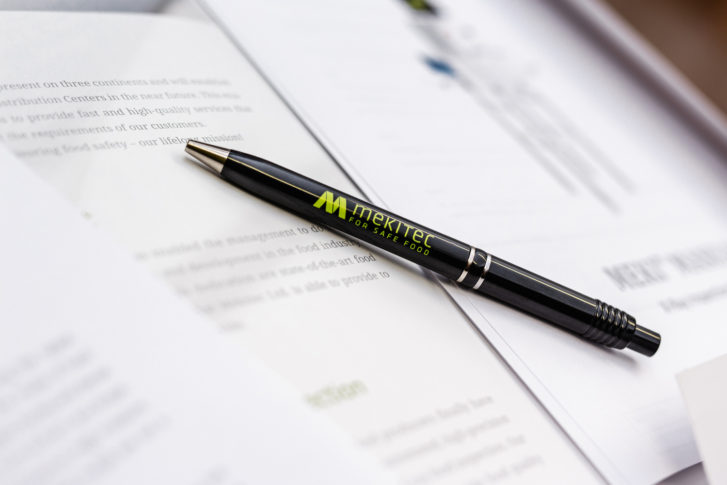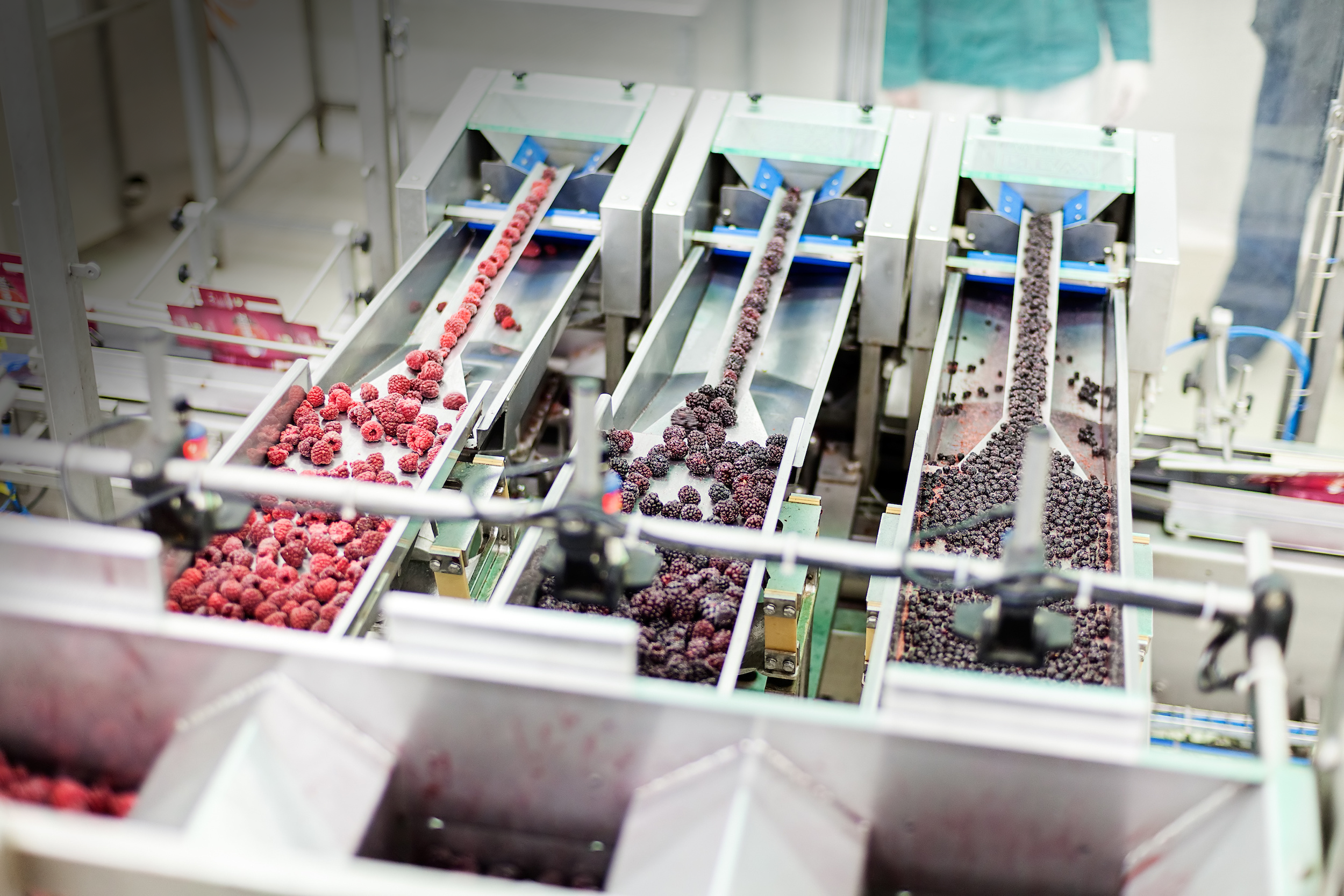
What are the differences between
Food safety
sorters & detectors
and why do you need both?
Improve Your Food Safety & Quality with Sorters and Detectors
Food producers are constantly seeking to improve their food safety and quality control by implementing equipment of various kinds into their processing, producing, and packaging lines.
In this blog, we will discuss food safety sorters and detectors, their differences, and help you to choose the right kind of food safety detector for your needs.
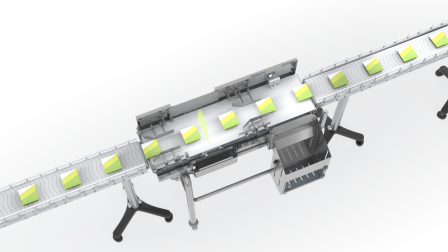
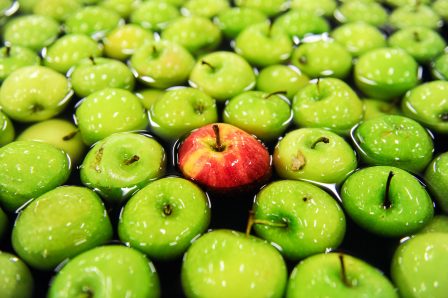
What Are Food Sorters Used For?
Sorters in general works as a separator of raw materials or food products (whether complete or in bulk) into categories based on the shape, size, weight, form, and even color of the product. Sorters can also be used in food safety to filter out large physical contaminants that may be present in the raw material or pre-production phase.
One characteristic of a sorter system is that it works continuously without notifying the production staff whenever “a bad apple” (defective or contaminated product) is sorted out of the production line. This means, that it doesn’t help food producers to locate the possible problems they might have with raw materials or the early stages of the production. That is why some food producers seek to install detectors into these parts of the production process.
When to Use Detectors?
Detectors, on the other hand, are designed to alarm the production staff if and when a contaminant or quality defect is detected from the production flow. Usually, detectors are highly automated which means that they reject the non-conforming products from the production line while also alarming the staff with audio cues and lights. Sometimes, detectors can be set to stop the production line until a staff member comes and investigates the reason for the alarm and confirms that the line can be restarted.
The best results with food safety detectors can be achieved by placing them in the primary packaging lines when the food products are individually packaged. Since the inspected product has less product effect, the systems are able to provide the most accurate detection results. Also, after the food product has been packaged there are no possibilities for them to be introduced to new contamination risks after the inspection. This is important to minimize the risks of consumer and brand damage.

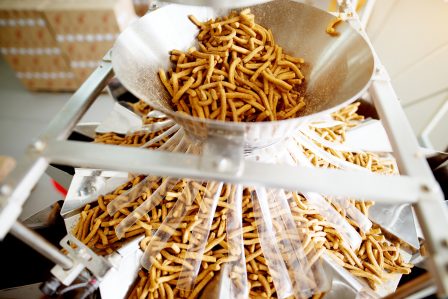
Why Do You Need Both to Ensure Food Safety?
Now you may be thinking about why food producers should use both to ensure product safety?
It is quite simple; sorters (e.g., filters and sieve nets) are used to filter out larger contaminants that may break processing equipment and cause severe costs that way.
Detectors are usually placed in bulk/unpacked and primary/secondary packaging stages, where they ensure the safety of the complete product, as well as provide compliance for various food safety certifications and retailer requirements. They are meant to pick up the smaller contaminants that may have remained or ended up in the products during the processing and production.
Both of the equipment have their own advantages, but it is certain that full food safety cannot be achieved without detectors that inspect the final products before they are delivered to retailers and eventually to consumers. These systems work as Critical Control Points, providing security and cost savings by mitigating the risks of product recalls.
What Type of Food Safety Detector Suits Your Needs?
Basically, there are two types of detectors; an X-ray system or a metal detector, and food producers might struggle to decide which one to choose. In some cases, food producers can benefit from implementing both of the technologies at different stages of production.
However, there are a few points that food producers should evaluate, such as:
- Suitability with the production environment and products
- Additional benefits the technology provides
- Compliance with more strict food safety & retailer requirements
- The possibility for future development
Considering all these factors, it is clear that X-ray inspection systems do provide more value now and in the future by being a more developed and flexible technology platform.
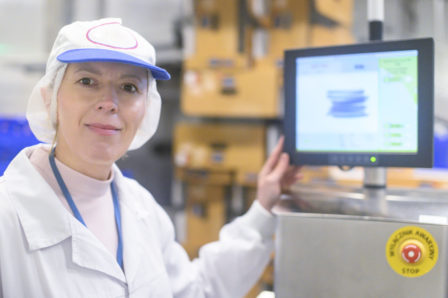
How to Level Up Your Product Safety?
The overall quality of products is now more important to consumers than ever before. We wrote this eBook to help your company choose the best solution for a Critical Control Point and keep your customers happy.
After reading this eBook you will know:
- what is expected from Critical Control Points nowadays
- how to choose an inspection system that brings the most value for your business
- why you too should inspect primary packaged products and how it improves the detection performance compared to any other inspection method
- how to reduce the number of consumer complaints and build a stronger food brand
Fill in the form and you will receive the complete eBook into your inbox!
